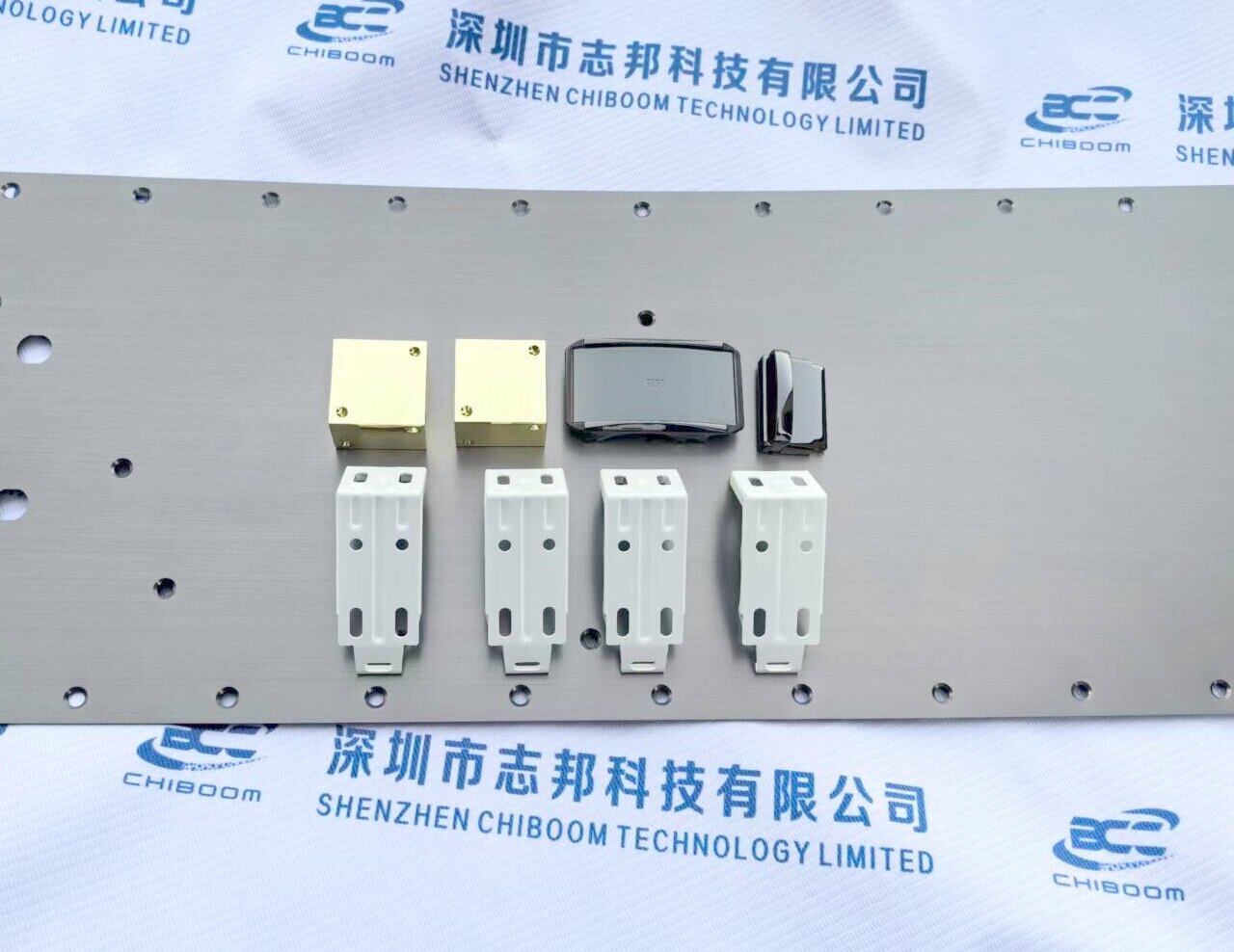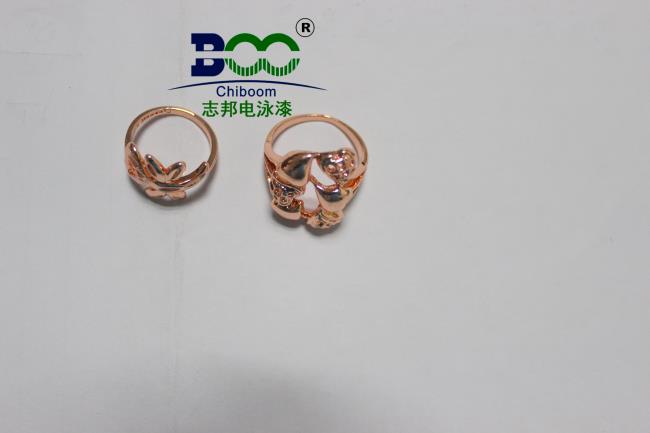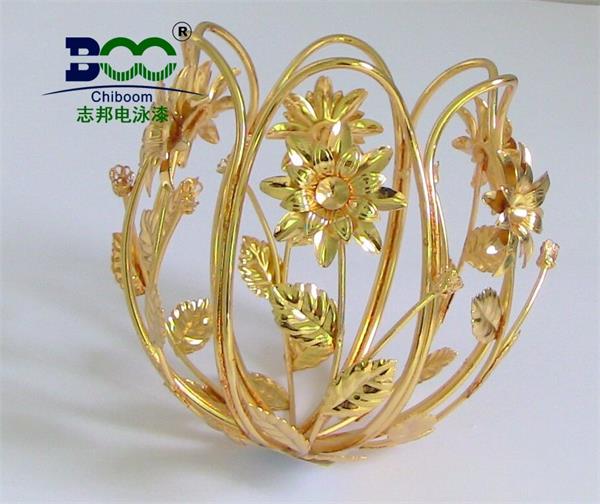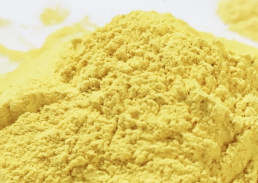Electrophoretic paint film thickness standard
Electrophoretic paint film thickness standard
Standards for Electrophoretic Paint Film Thickness and Their Importance in
Industrial Applications
As an efficient coating technology, electrophoretic paint has been widely used in various industries such as automobiles, home appliances, and hardware. The thickness of electrophoretic paint film, as a key indicator for evaluating the electrophoretic coating effect, has a crucial impact on the corrosion resistance, aesthetics, and service life of the product. This article will delve into the standards for electrophoretic paint film thickness and their importance in industrial applications.
Firstly, the standards for electrophoretic paint film thickness are typically established based on factors such as product usage, operating environment, and customer requirements. Generally, these standards include requirements for the minimum thickness, average thickness, and maximum thickness of the paint film. These standards aim to ensure that the electrophoretic paint film possesses sufficient corrosion resistance while maintaining an aesthetic appearance.

Specifically, the minimum thickness of the electrophoretic paint film should meet the basic requirements for corrosion resistance of the product; the average thickness is an important indicator for evaluating the effectiveness of the electrophoretic coating process, reflecting the stability and consistency of the coating process; the maximum thickness limits potential problems that may arise from excessively thick coatings, such as cracking and peeling.
Secondly, the thickness of electrophoretic paint film plays a significant role in industrial applications.
Corrosion resistance: The thickness of electrophoretic paint film is a crucial factor affecting corrosion resistance. An appropriate paint film thickness can effectively isolate corrosive media such as air and moisture, protecting the substrate from corrosion. Excessively thin paint films may result in insufficient corrosion resistance, while excessively thick films may lead to problems such as coating cracking and peeling.
Aesthetics: The thickness of electrophoretic paint film also has significant implications for the appearance quality of the product. An appropriate paint film thickness can make the product surface smoother and finer, enhancing the overall aesthetics of the product. Excessively thin paint films may lead to an uneven surface, while excessively thick films may produce defects such as orange peel and sagging.
Service life: The thickness of electrophoretic paint film also directly affects the service life of the product. An appropriate paint film thickness can extend the service life of the product and reduce maintenance and replacement costs. Therefore, when developing electrophoretic coating processes, it is necessary to fully consider the service life requirements of the product and ensure that the paint film thickness meets relevant standards.
Lastly, controlling the thickness of electrophoretic paint film requires attention to several aspects:
Optimization of coating process parameters: This includes adjusting parameters such as electrophoretic voltage, electrophoretic time, bath temperature, and bath concentration to achieve the desired paint film thickness.
Equipment maintenance and management: Regular maintenance of electrophoretic equipment is essential to ensure its good condition. Additionally, periodic replacement and replenishment of the bath solution are necessary to maintain its stability and coating effectiveness.
Strict quality control: During the production process, it is crucial to establish a rigorous quality inspection and control system to monitor and adjust the thickness of electrophoretic paint films in real-time. Products that do not meet the standards should be promptly addressed and corrected.
In summary, standards for electrophoretic paint film thickness are significant in industrial applications. By establishing appropriate standards and implementing effective control measures, we can ensure that electrophoretic paint films exhibit excellent corrosion resistance, aesthetics, and service life, providing strong support for the quality and competitiveness of the product.





 WeChat
WeChat